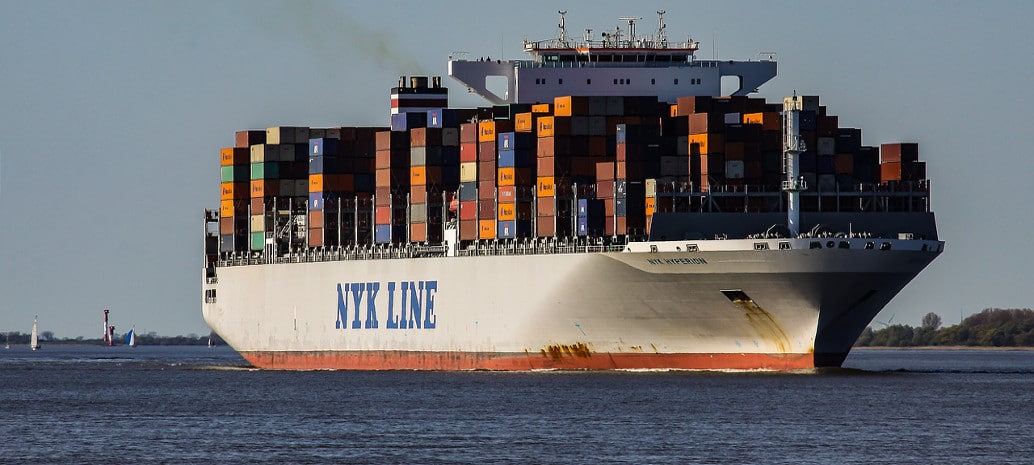The day of judgement for the long-threatened tariffs on imports of inverters from China has arrived, and it is as bad or worse than many in the industry feared. As announced by U.S. Trade Representative Robert Lighthizer and U.S. President Donald Trump this evening, the United States is imposing tariffs on roughly $200 billion worth of Chinese imports, including inverters and non-lithium batteries, through Section 301.
These tariffs will start on September 24 at 10%, and will increase to 25% on January 1, 2019. In a call with reporters senior administration officials noted that the delay is intended give time for companies dependent upon these imports to shift supply chains.
For inverter makers supplying the U.S. solar market, such shifts are already underway. Sungrow has the option of shipping product from its 3 GW inverter factory in India and Enphase, which is reliant on contract manufacturer Flex, is shifting production to Mexico. However, as this factory is not expected to be producing microinverters until the second quarter of 2019, this means that Enphase will be hit with up to nine months of import duties.
Overall the impact of these tariffs is expected to be greater on the market share of individual inverter suppliers than the solar market writ large, as inverters make up a small portion of overall project costs.
This content is protected by copyright and may not be reused. If you want to cooperate with us and would like to reuse some of our content, please contact: editors@pv-magazine.com.









By submitting this form you agree to pv magazine using your data for the purposes of publishing your comment.
Your personal data will only be disclosed or otherwise transmitted to third parties for the purposes of spam filtering or if this is necessary for technical maintenance of the website. Any other transfer to third parties will not take place unless this is justified on the basis of applicable data protection regulations or if pv magazine is legally obliged to do so.
You may revoke this consent at any time with effect for the future, in which case your personal data will be deleted immediately. Otherwise, your data will be deleted if pv magazine has processed your request or the purpose of data storage is fulfilled.
Further information on data privacy can be found in our Data Protection Policy.